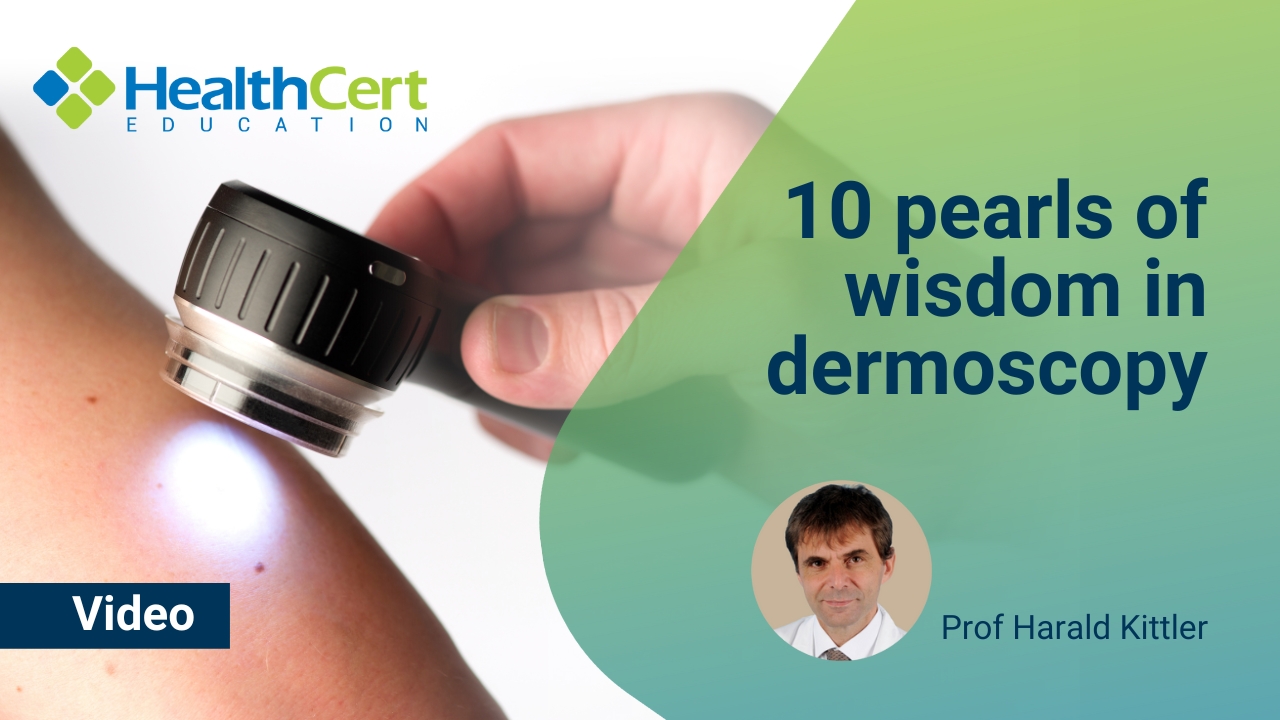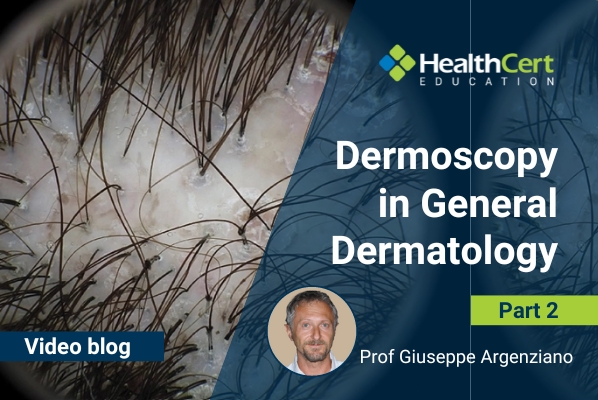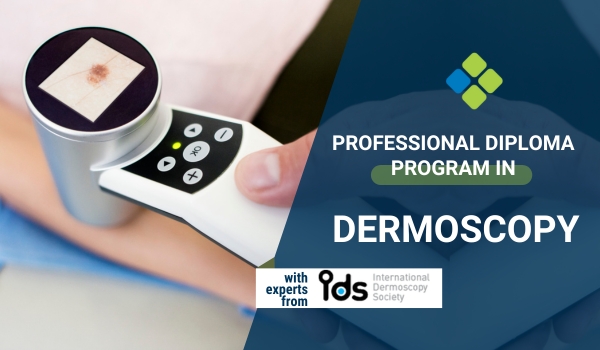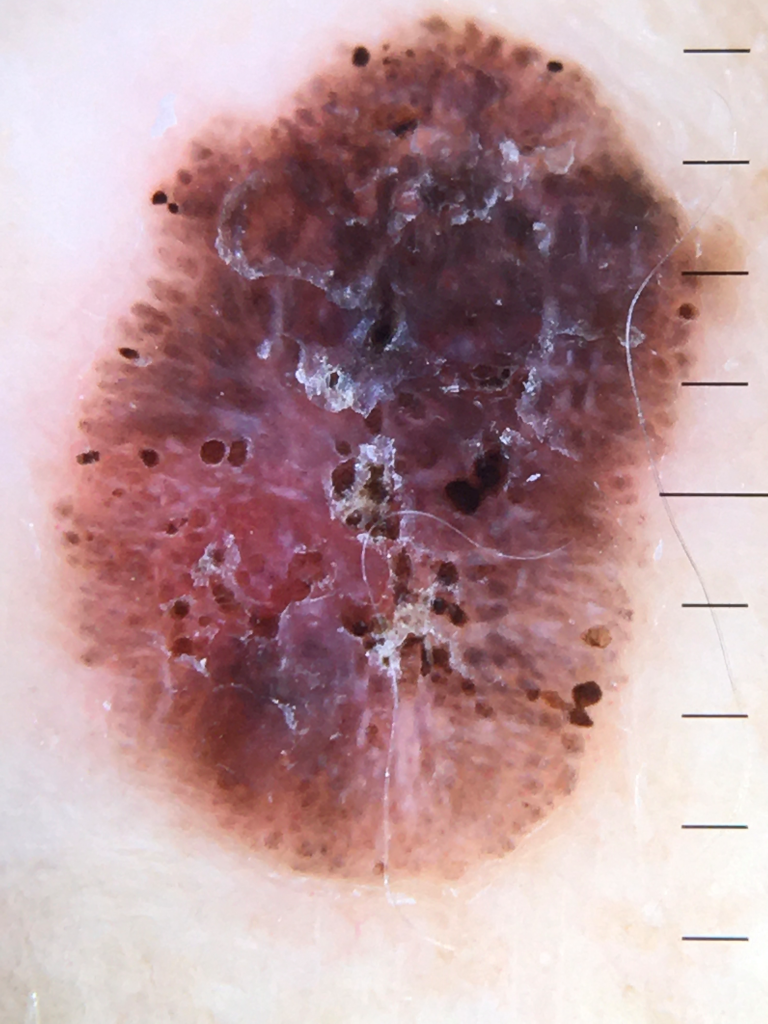Catch Professor Harald Kittler's top 10 pearls of wisdom in dermoscopy! We caught up exclusively with Prof Kittler to learn his top tips and expert advice on dermoscopy for the diagnosis of skin lesions, including how to start out in the field, the most common mistakes he sees in beginners, advice for managing nodular and complex lesions, and so much more!
Learn more from Prof Harald Kittler with the HealthCert Professional Diploma program in Dermoscopy: tailored medical dermoscopy training online for GPs.
Prof Harald Kittler from the Medical University of Vienna, Austria, is one of the world's foremost experts in dermoscopy, working in collaboration with the International Dermoscopy Society.
He recently spoke exclusively with HealthCert Education to share his wealth of knowledge on dermoscopy, providing 10 pearls of wisdom to help you enhance or start out in lesion diagnosis using dermoscopy.
In the video, Prof Kittler covers:
- Most common beginners' mistakes
- Tips for starting out in dermoscopy
- Advice for managing complex cases
- Tips for diagnosing flat vs nodular lesions
- How to manage rare skin cancers
- Rules to not miss a melanoma
- Factors that influence choice of treatment
- Special considerations for immunosuppressed patients
- What to look out for when screening different age groups
- Managing patients with multiple moles
See all this and much more in the full video below!
Watch the full video now:
Learn more from Prof Harald Kittler with the HealthCert Professional Diploma program in Dermoscopy, providing tailored medical dermoscopy training online for GPs.


 1800 867 1390
1800 867 1390

